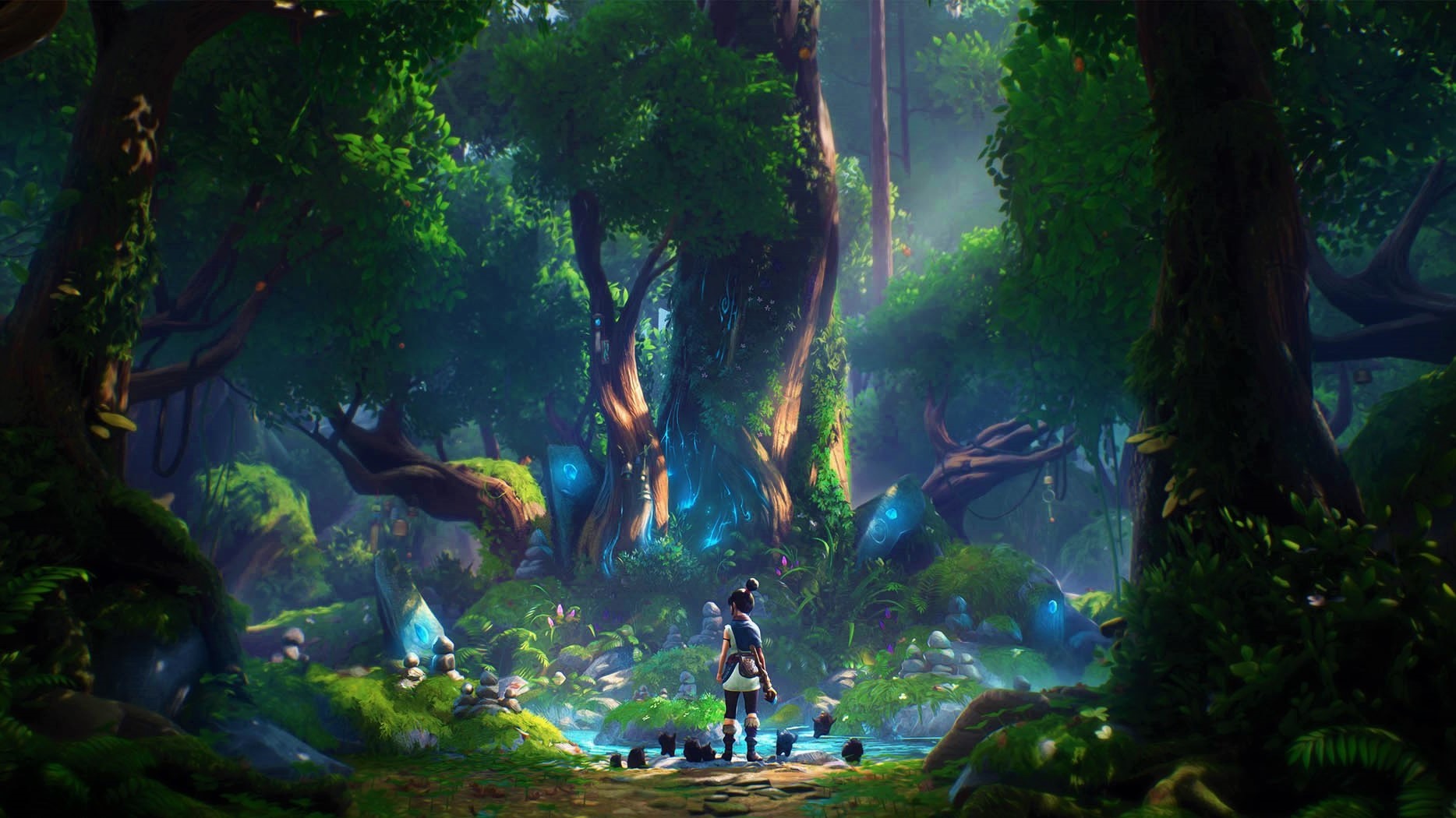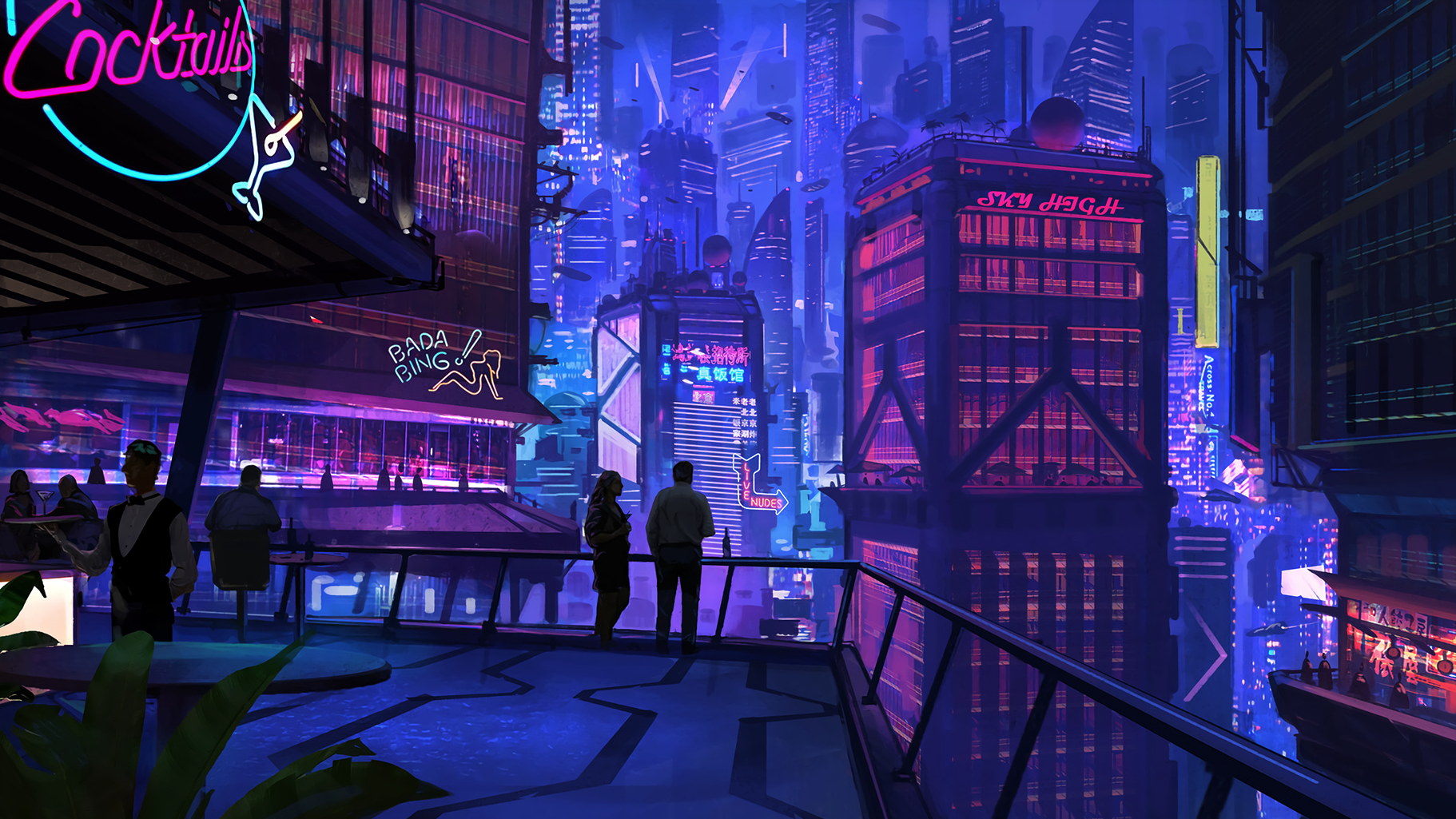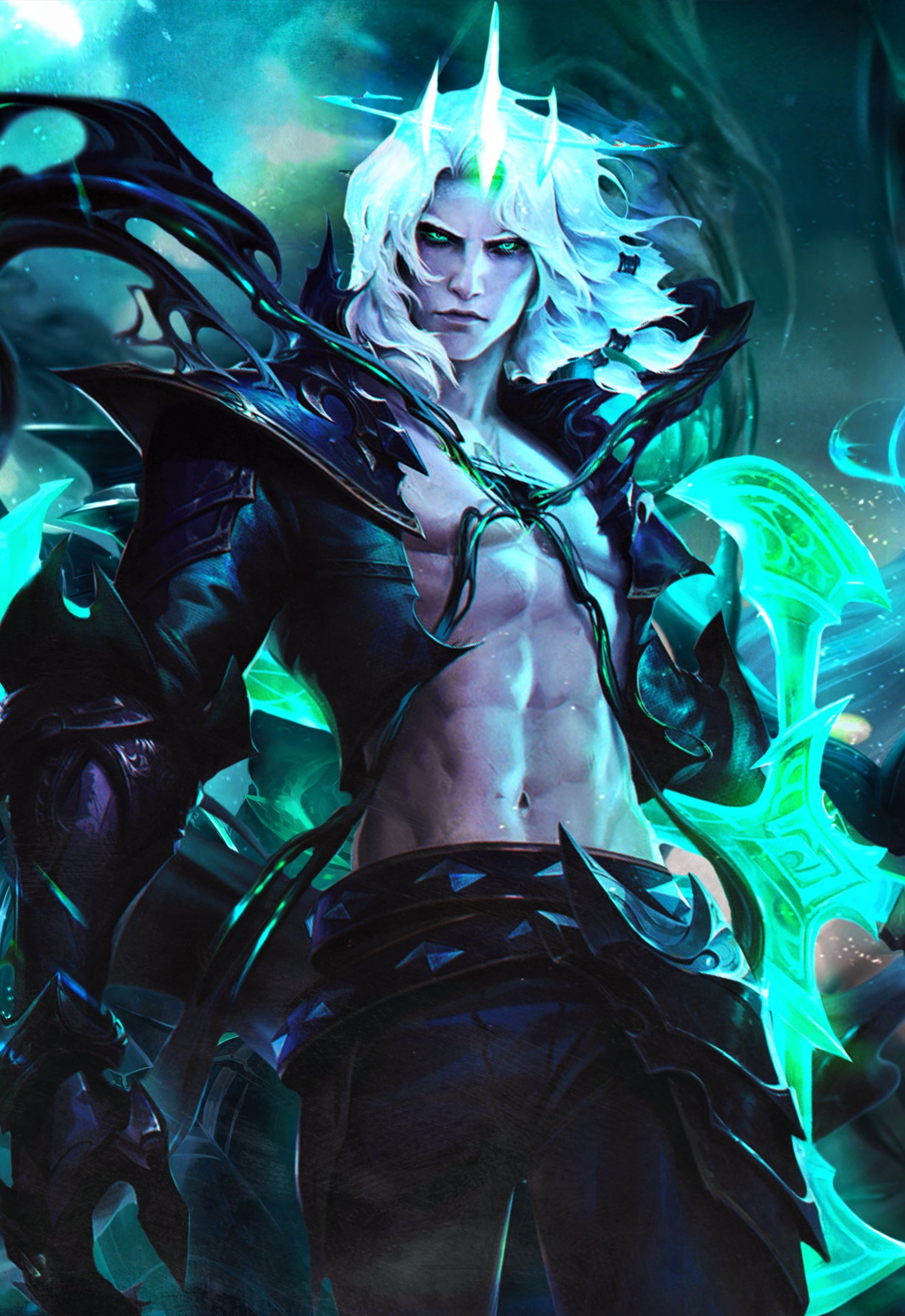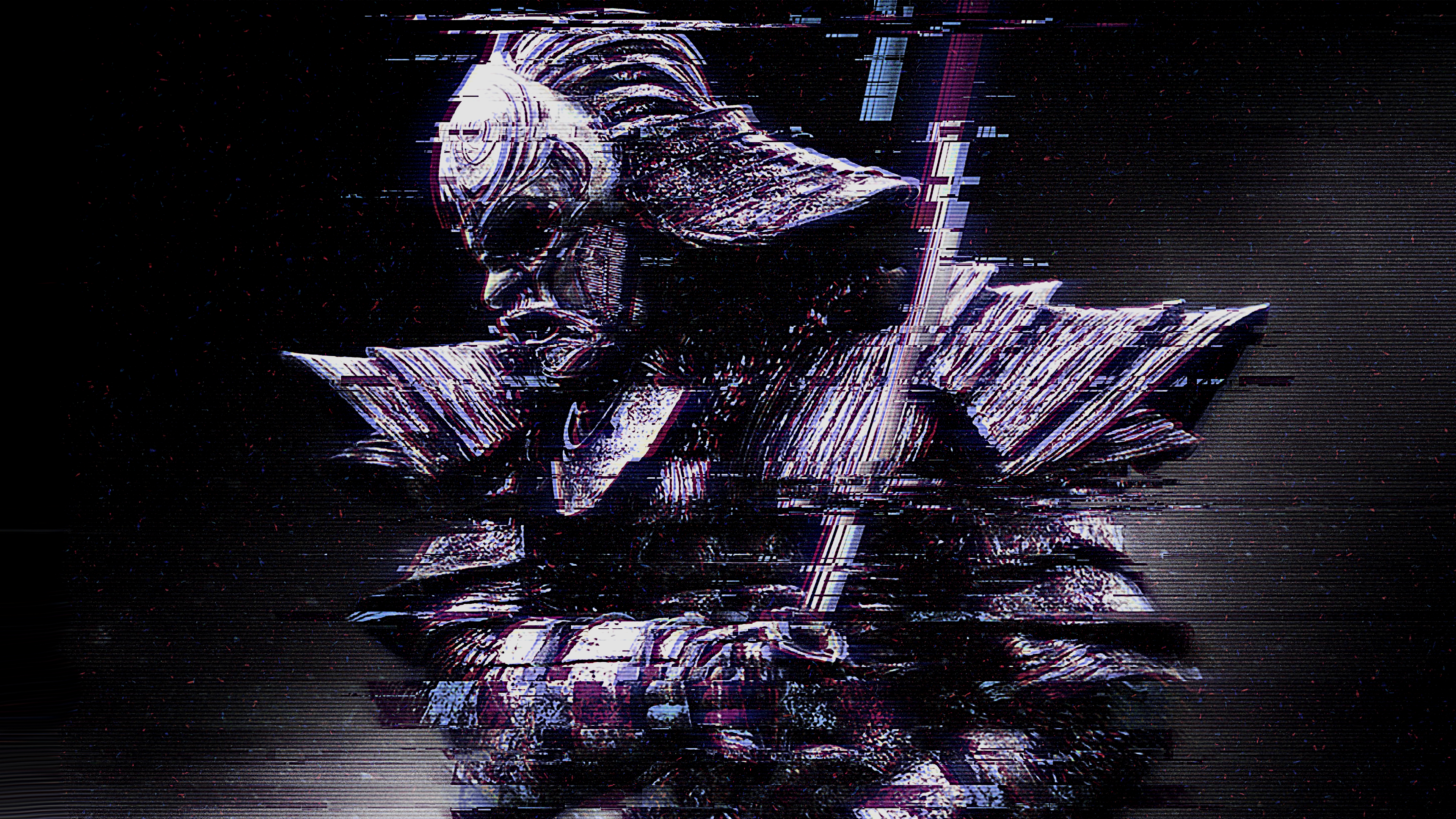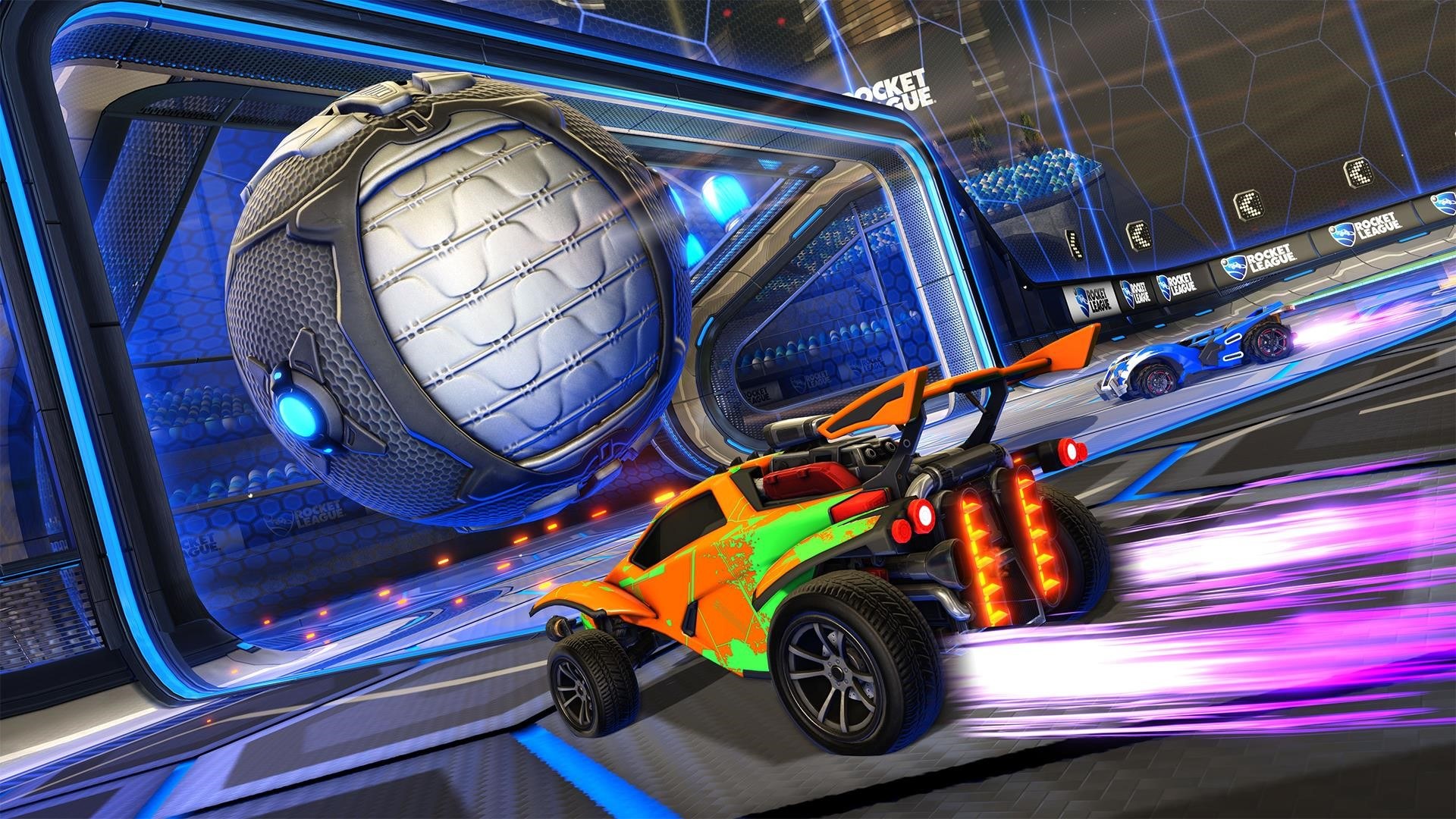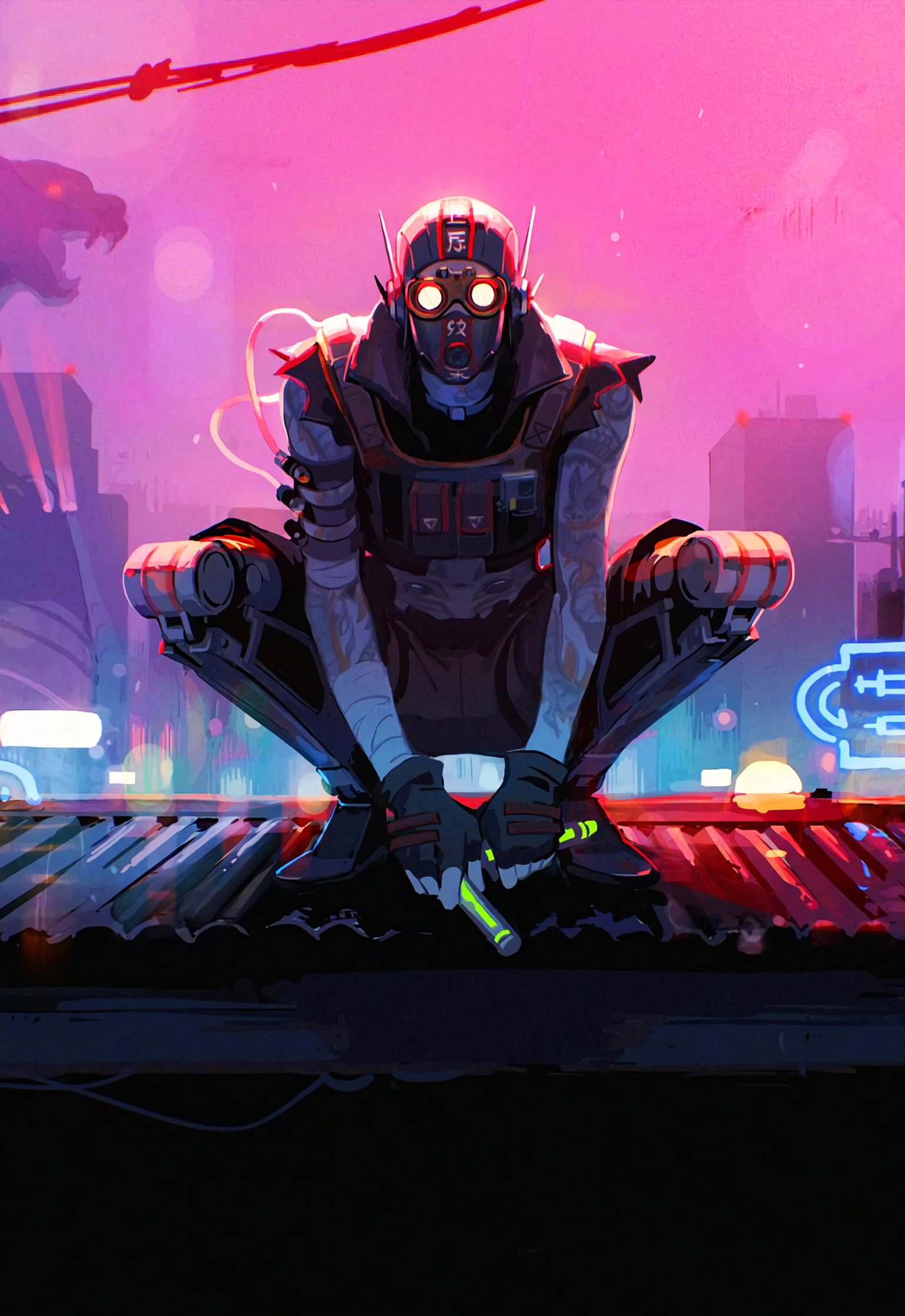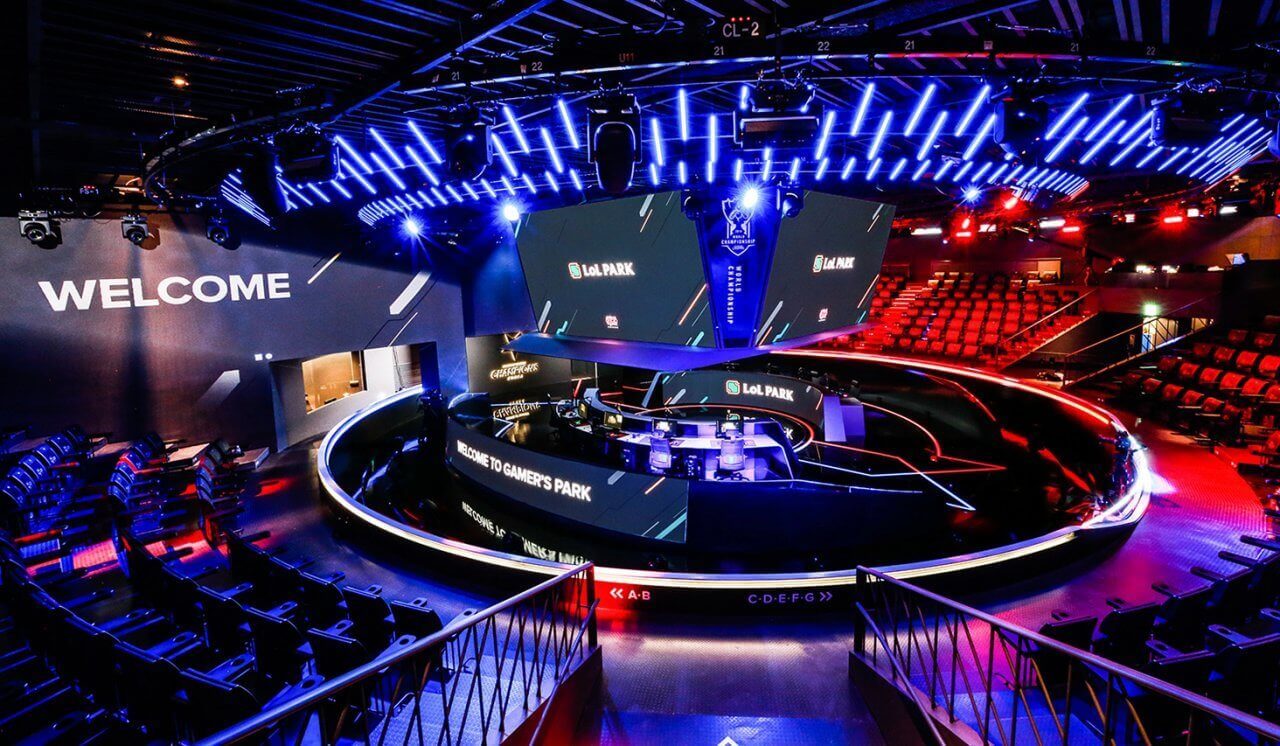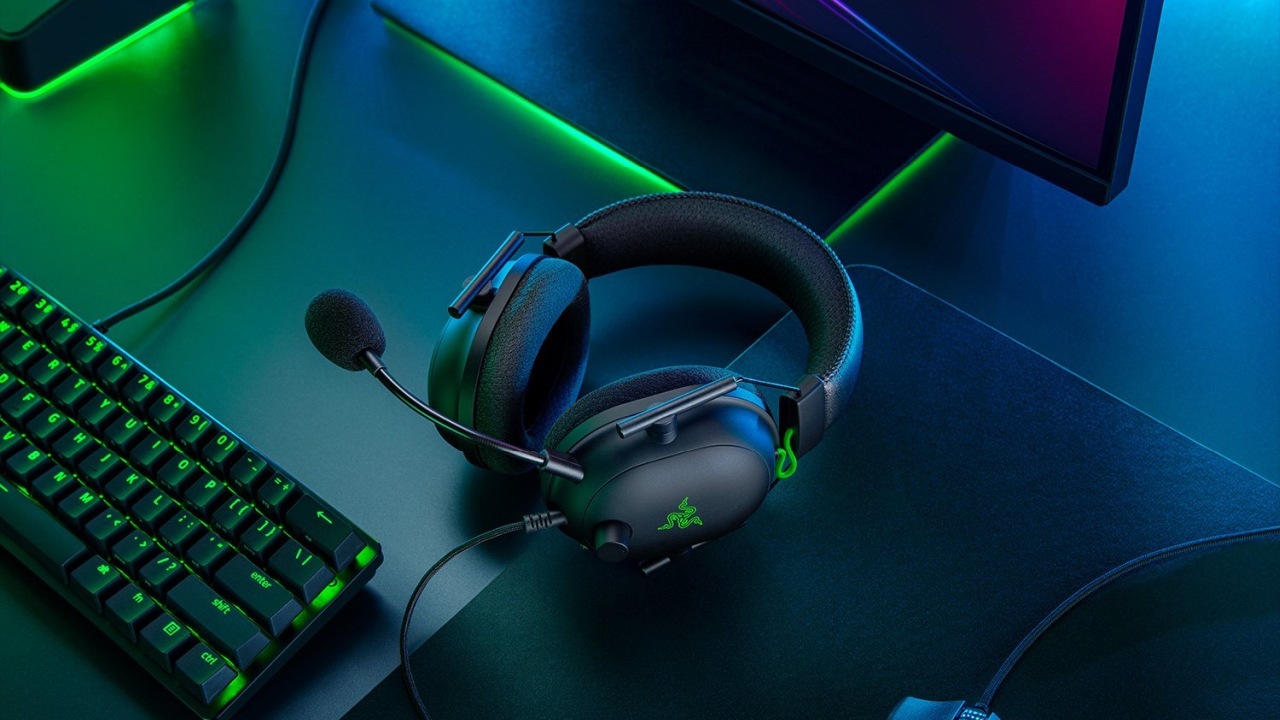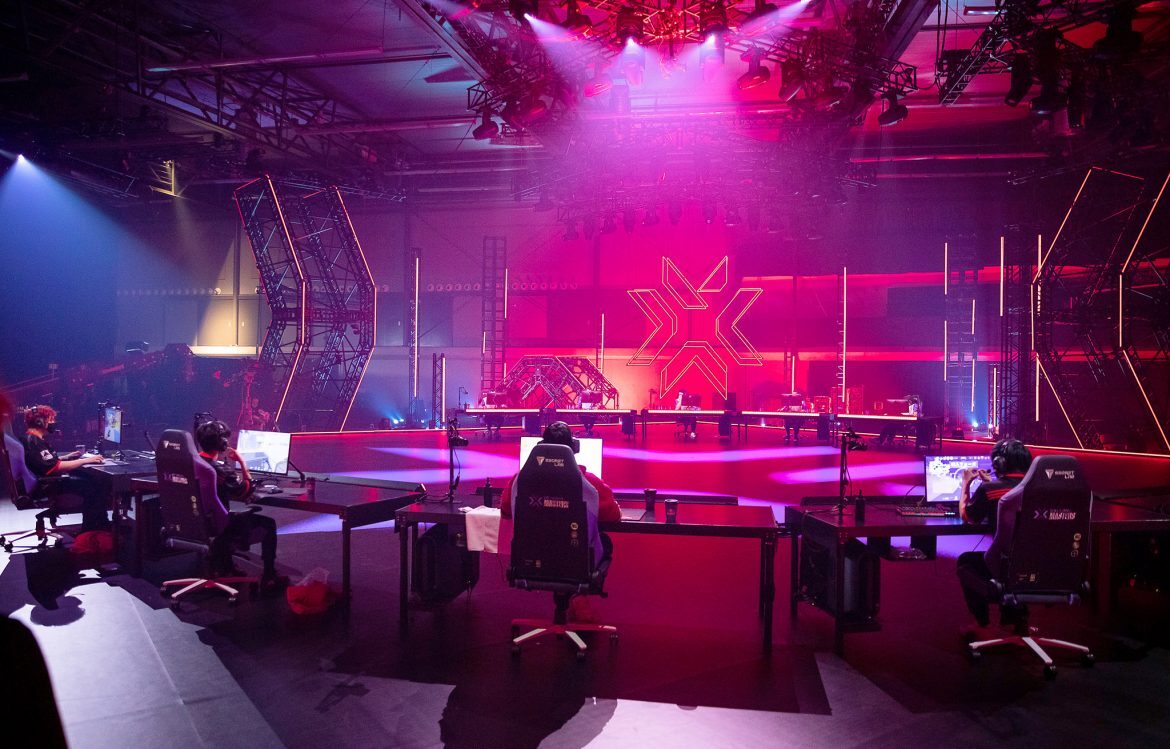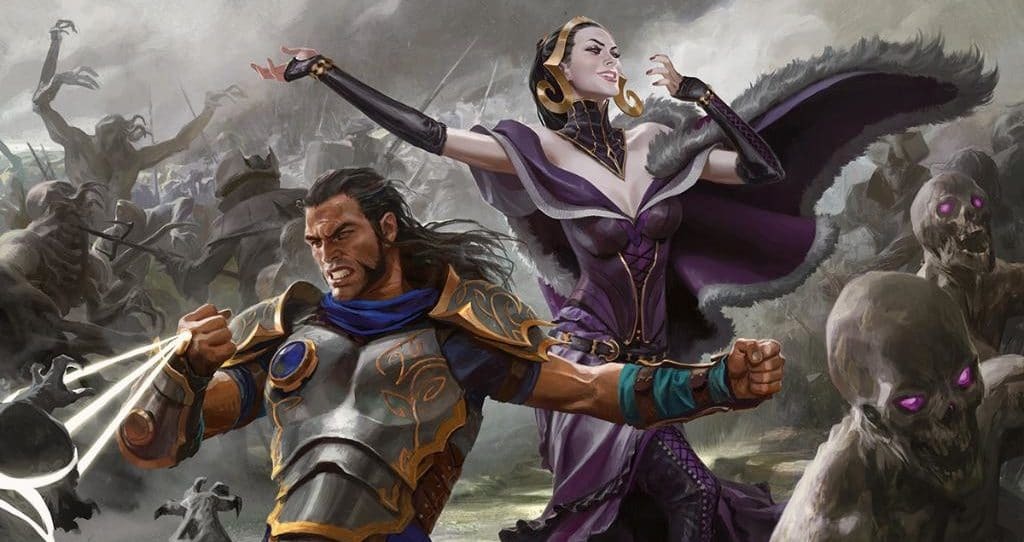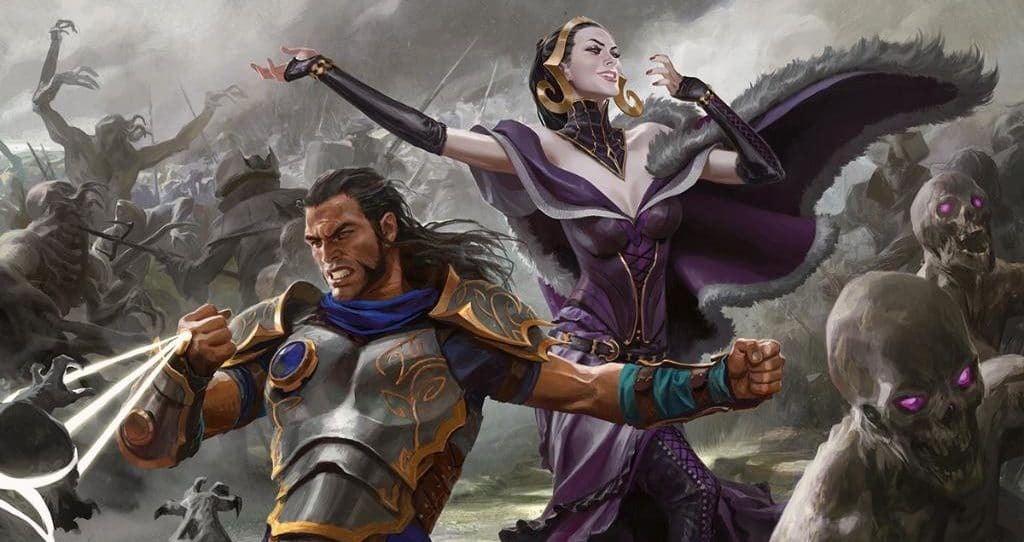
Magic: The Gathering is the absolute king of trading card games with more than 25 years of history and more than 20,000 unique cards. With so many spells at your disposal, it is no wonder that there are countless ways to play the game, ranging from highly competitive, to fun casual play on the kitchen table. This is a handy guide to the many formats of MTG.
This article, of course, isn’t a complete guide on all MTG formats, as this could probably be a novel-size book. However, what this article will do is give you the basic idea behind the various styles of play and a nice reference sheet if you’re ever confused about terms like “Modern” and “Silver-border” being carelessly thrown around by long-time players of the game. Our explanations won’t feature all the rules or complete ban lists (feel free to look these up on the official Wizards of the Coast website), but they will have all the basic info you’ll need to distinguish a format from the others and see what makes it special. Let’s begin!
Constructed vs Limited
It won’t be right to start talking about specific formats without getting one rather major thing out of the way - Constructed vs Limited. In short, constructed is a type of format where players buy cards in advance, put them into decks using the format’s rules, and bring them to an event (be it physical game store, or logging into Magic Arena) to play. Constructed formats usually have huge card pools with thousands of available cards for the players to use.
In Limited, players purchase sealed product (usually booster packs) to open during the event and build their decks exclusively with their contents. This creates a very different play experience, as Limited decks have… well, a rather limited selection of cards to use. This means that oftentimes the best deck at the event won’t feature the most powerful Planeslawlker in the set for the simple reason said Planeswalker wasn’t in any of the sealed packs the players got at the start.
Both styles of play are equally fun, valid, strategic, and skill-demanding. Constructed offers bigger power levels for epic games of wit, while Limited provides varied card pools and tons of surprises every time.
Limited
Draft - probably the most popular Limited format. 8 players open a booster pack each, pick one of the cards to keep and pass the rest to the player next to them. When every player has opened three packs and drafted their components, he or she constructs a deck of no less than 40 cards and plays in best-of-three matches against the others. Your average deck usually has 1-3 Rares, two or three colors, and 16 or 17 lands. One unique aspect of Limited is that more than 4 copies of all cards can be included, as long as the players get access to them. All cards that don’t make the deck are left as a Sideboard and can be included between games.
Sealed has similar gameplay and decks, but here players don’t interact with each other while building their decks. Instead, they open 6 booster packs each and build with what they find inside. This is the customary format for Prerelease events.
Cube is a very customizable style of Limited play where the card pool doesn’t come from a thematic set that Wizards of the Coast designed but from a collection of cards from various periods in Magic’s history. Well, recently Wizards did design a cube pool for Magic Arena.
Constructed
Standard is the default way to play Magic. It’s safe to say that this is the most important and influential format, and Wizards design cards with Standard playability as top-most priority. In Standard, players build decks of no less than 60 cards and no card can be included with more than 4 copies, save for Basic Lands. Players are also allowed to take a Sideboard of 15 cards to switch between games. Standard only features cards from the last two years of Magic and every year some sets rotate out to make room for new ones.
Frontier is a relatively new and unofficial format that gained a lot of traction and popularity with players all over the globe. It works just like Standard, except it features all cards from Magic 2015 to today with Ikoria, Lair of Behemoths. Keep in mind that the so-called Fetchlands aren’t allowed in the format.
Modern is arguably the most popular Eternal (that’s to say non-rotating) format of Magic. It features all cards from the Eight Edition to today - you’ll recognize these by the “modern” card frame. Modern is an extremely fun format with a high power level and ever-changing metagame, but keep in mind that a competitive Modern deck often costs upwards of $500 - these cards are old and highly sought after.
Vintage & Legacy, as we know them today, were the default way to play Magic in the 90’s, but a luxurious indulgence for megafans today. These formats allow players to include cards from all of Magic’s history, with Vintage trying its best not to ban anything, and Vintage disallowing some of the game’s most powerful cards such as Black Lotus. A tournament-legal Vintage deck would normally cost you four-digit sums, as those cards are highly collectible and rare.
Pauper, on the other hand, is probably the most budget-friendly of all formats. It kind of works like a tiny little Legacy with a huge card pool, but only of cards printed at Common in at least one set. Those cards usually cost pennies and a top-tier Pauper deck won’t be too much of a financial burden even to casual players with a passing interest in the game.
Brawl is the flashy new format that Wizards is heavily pushing with both paper support and Magic Arena content. Basically, this is an exactly 60-card Standard deck that can only have one copy of any card, and feature a Commander - a Legendary Creature that starts the game in the Command Zone and can be played from there at any time. The other 59 cards must be of that Commander’s colors, which is an interesting deckbuilding challenge.
Multiplayer
Commander is probably the second most popular format after Standard at the moment. It has a deep card pool, thick 100-card decks, and most importantly - usually played in 4-player free-for-all games. Total mayhem... in the best possible sense of the word.
Two-Headed Giant is a form of Limited where players build decks and play games in teams of two.
Causal
Silver-bordered, also knowns as “the Un-sets” is a very special l.ine of products featuring Unglued, Unhinged, and Unstable - thematic sets designed to be a parody of Magic and have funny spins on the game’s mechanics. These cards are not legal to play in any competitive environment, and that’s why they are printed with silver borders, instead of the typical black (and sometimes on old reprinted cards, white).
Boxed games, including the new Unsanctioned (a silver-border set) and games like Archenemy: Nicol Bolas are Magic decks sold in bundles and meant to be kept and played together, much like a traditional board game. These products are strictly aimed at hobbyists and very casual fans.
Kitchen Table Magic is a classic staple of Magic. It basically has no rules. Whether you’ve found your old cards from when you were a kid, bought a random collection of cards, or have a vintage Starter set, as long as you and a friend agree to have some fun and play just for the sake of it, you’re playing Kitchen Table Magic!
Online formats
Heroic is an Eternal format specific to Magic Arena. Its pool features cards from the birth of the game (the Ixalan block) to today, with the occasional older cards added by Wizards solely for their playability in the format’s archetypes.
Momir is one of the most popular formats specific to Magic Online, and occasionally makes an appearance in Magic Arena as a special event. Here, players have a deck with nothing but 60 Basic Lands and a special Emblem that reads:
Discard a card: Create a token that's a copy of a creature card with converted mana cost X chosen at random. Activate this ability only any time you could cast a sorcery and only once each turn.
Whoa, that was a whole bunch of formats! Hopefully, by now you have a good grasp at the core and most popular ways to play Magic and a sense of the game’s absolutely massive scope. Keep in mind, that new formats keep popping up here and there - some of them die quickly, and others stick around. To stay on top of the metagame, keep reading EarlyGame for everything MTGA!


